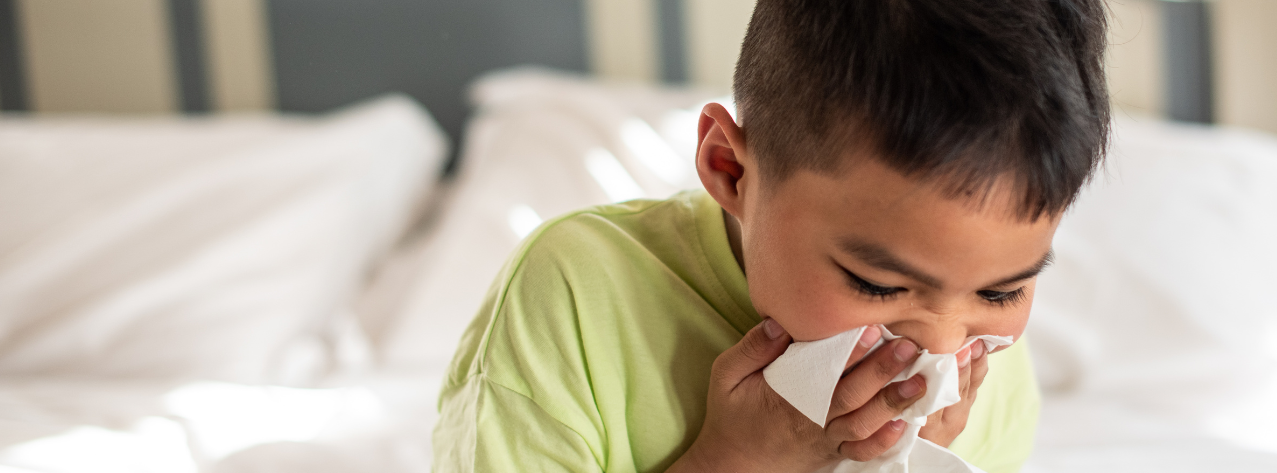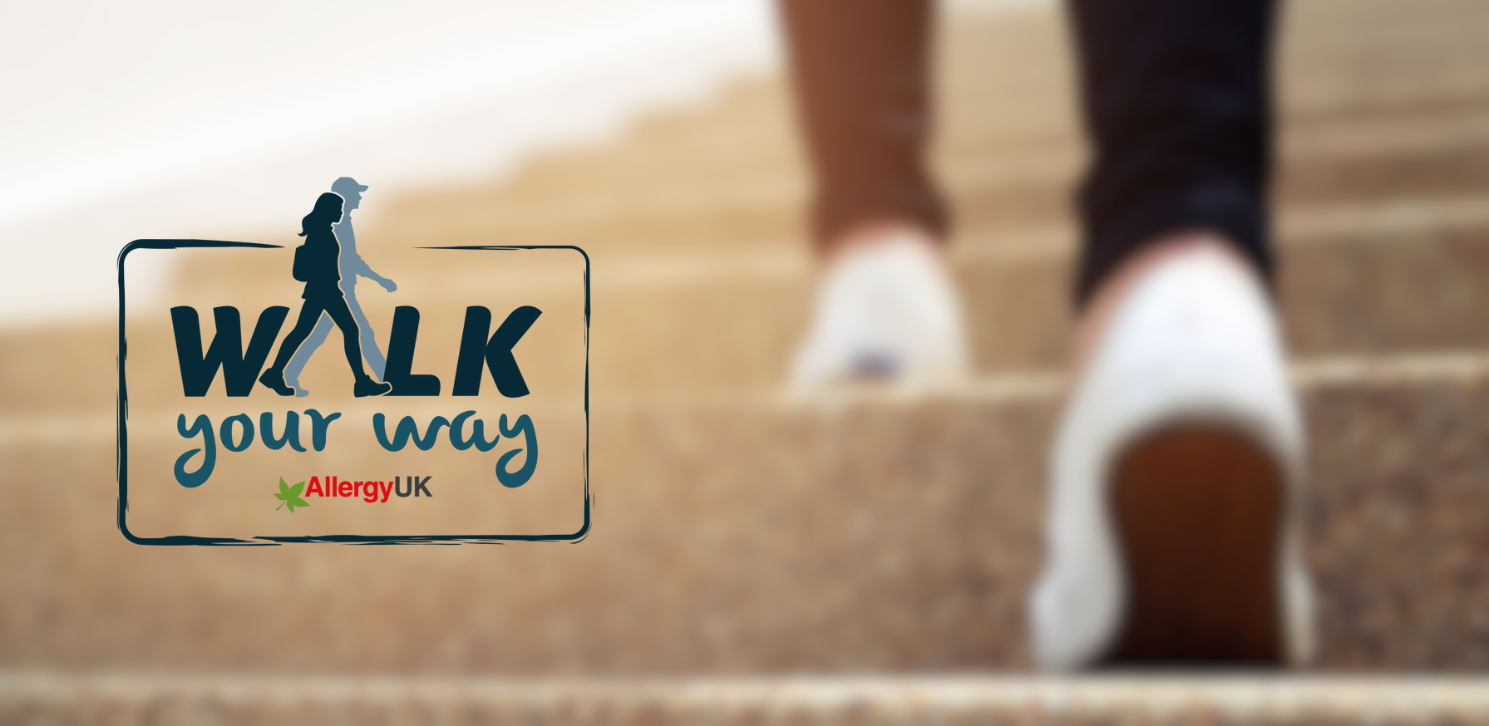Translation Cards
If you or your child have a food allergy, Allergy UK can help protect you and your family when travelling abroad. Cards for over 70 different allergens are available in 35 languages.
 Allergy UK | National Charity
Allergy UK | National Charity
Use our new questionnaire to explore whether your symptoms could be linked to an indoor allergen such as house dust mite allergy.

Our 2024/25 Impact Report highlights the real difference we’ve made for people living with allergy, from expanding free patient services to influencing national policy, all driven by our mission that everyone in the UK takes allergy seriously.

I feel lucky - I knew the signs of allergy and I knew Nate needed help, so I sought advice straight away. Early intervention has made a big difference to him.

We’ve published a new resource highlighting the link between asthma and child mortality in the UK. Our Asthma and Child Mortality Report brings together evidence showing how environmental factors, poor housing conditions, and health inequalities are putting children’s lives at risk. This important report aims to raise awareness, drive change, and support families and professionals in protecting the health and wellbeing of children living with asthma.

We’ve just launched a brand new factsheet on reactions to pea protein, a growing concern as this ingredient becomes more common in food products, particularly plant-based alternatives. This resource provides clear, expert-reviewed information on why some people may react to pea protein, what symptoms to look out for, and how to manage an allergy or suspected sensitivity.

We’ve updated our Reactions to Legumes factsheet to provide clearer guidance on allergies to legumes beyond peanuts and soya – including lentils, chickpeas, beans and lupin. The new version explains how cross-reactivity can vary between different legumes and highlights the importance of accurate diagnosis and clear food labelling.
We provide a range of information to help people who live with allergies, as well as for organisations who want to find out more about the issues that people with allergic disease face in their daily lives.

We’re challenging people to walk 100km this October to show their support for the 21 million people living with an allergic condition across the UK.